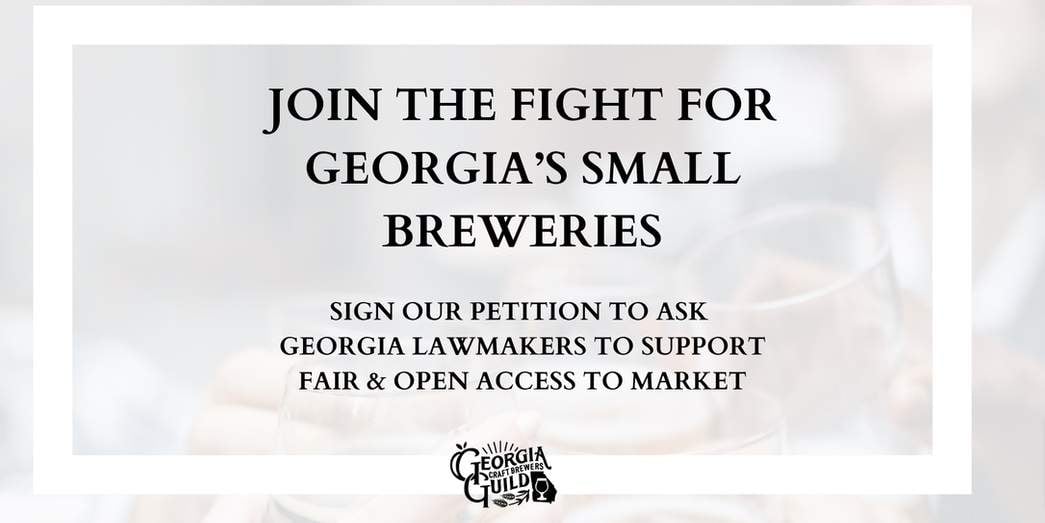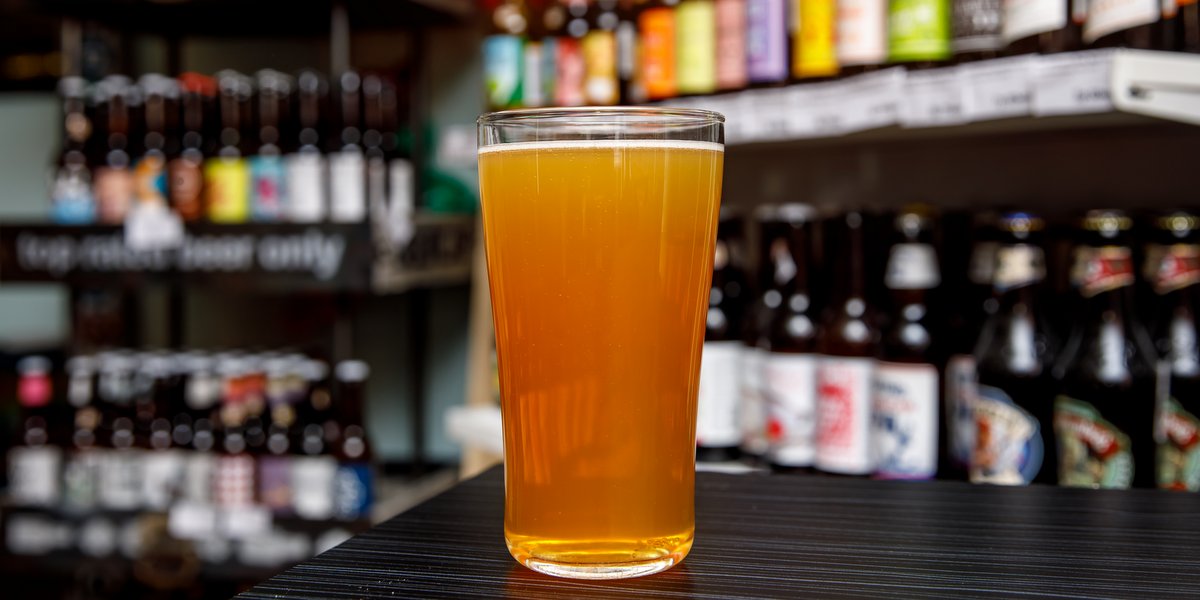
When will the craft beer industry crash into that ceiling? It’s been a wild ride so far in the American beer market over the last few decades, but it can’t last forever. In 2013, small and independent brewers saw a mind-blowing 18 percent rise in volume, but by mid-year 2016, that growth by volume had slowed to 8 percent. Now, the Brewers Association (BA), the not-for-profit trade association representing craft brewers (they have a definition for craft), has announced American craft beer production volume increased 5 percent during the first half of 2017.
What does that mean? The BA explained in a press release:
“The growth pace for small and independent brewers has stabilized at a rate that still reflects progress but in a more mature market. Although more difficult to realize, growth still exists,” said Bart Watson, chief economist, Brewers Association. “The beer world is highly competitive, and there is certainly a mixed bag in terms of performance. Some breweries are continuing to grow, whereas others are having to evolve their position and nurture new opportunities to ensure they keep pace. Many brewers are benefiting from on-premises and taproom sales, and recent state-based reforms have the potential to help brewers in new regions capitalize on this growth.”
Competition is absolutely bonkers right now. As of June 30, there were 5,562 operating breweries in the United States, an increase of 906 from the same time period the previous year. On top of that, there are approximately 2,739 breweries in planning. Holy crap.
There is definitely a slowing from the biggest craft brands (just ask Sam Adams), while opportunities still may lie in craft beer’s localized long tail. You also have to consider those marquee growth brands that were independent a few years ago but have now sold out to big beverage companies and thus are not considered craft brands by the BA anymore — Breckenridge, Goose Island, Lagunitas, Terrapin, Ballast Point and so on. Back to the press release:
“Craft brewers are beacons of innovation, revitalization and collaboration,” added Watson. “Their contributions to not only the brewing community, but the overall economy, are significant and invaluable. From reforming the federal excise tax to ensuring the right to free and fair market access, opportunities exist to help craft brewers continue to thrive.”
Luckily, 5 percent is still decent growth. And craft brewers should be pretty proud — especially considering they currently employ an estimated 128,768 full-time and part-time workers in a variety of roles, all of which contribute significantly to the U.S. economy. Cheers, folks.





Leave a Reply
You must be logged in to post a comment.